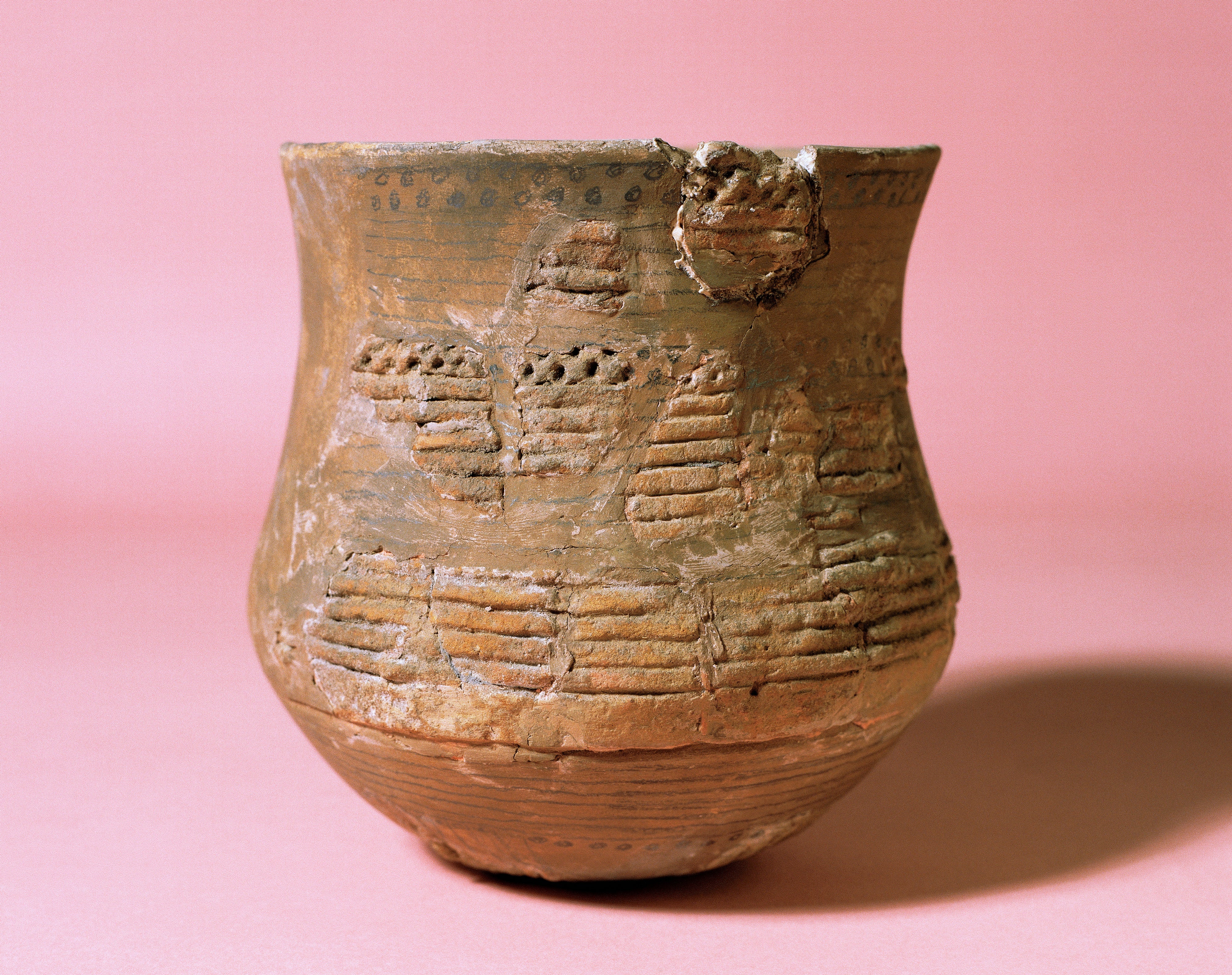

The recent emergence of genome-wide analysis of ancient DNA (aDNA) provides, for the first time, a means to investigate the question of migration directly, at the population scale, through the genetic signatures of individuals buried with Beaker Complex artefacts. Nonetheless, the most detailed and authoritative studies on the Beaker Complex in Britain have held out the possibility of some level of migration from continental Europe, even if restricted to relatively small numbers (e.g. Even the change in skull shape associated with the appearance of Beaker pottery in Britain could potentially be accounted for as the result of deliberate or accidental cranial shaping, rather than the movement of people (Parker Pearson et al. Sherratt Reference Sherratt, Waldren and Kennard1987). The uptake of this new elite cultural package was suggested to have been promoted by its association with the prized new metal and/or with the spread of religious behaviours involving the consumption of alcohol (e.g. Burgess & Shennan Reference Burgess, Shennan, Burgess and Miket1976). Foremost among these was the suggestion that the Beaker Complex was related to the spread of a set of prestige objects, practices and beliefs among the upper echelons of society at the start of the European Bronze Age (e.g. It was only in the mid-1970s, with the consolidation of processual approaches, that alternative explanations began to gain traction. Nonetheless, even in Grahame Clark's ( Reference Clark1966: 176) classic statement on the inadequacy of models founded on putative invasions, the intrusive nature of the Beaker Complex remained essentially unquestioned. Kershaw).ĭuring the 1960s, scepticism began to grow regarding the primacy of migration as a vector of social change in prehistory. Long-headed (dolichocephalic) individuals were associated with Neolithic chambered tombs and long barrows, while round-headed (brachycephalic) skulls characterise the Beaker Complex (figure by R. this p2p browser is the closest ive felt to when i first got onto the InterNet/geocities/webrings feeling satisfied with my new experience.Figure 3.


The whole experience feels revolutionary.
BEAKER PEOPLE DOWNLOAD
If you see this post, I *implore you* to download and try out the new Beaker Browser. All without needing to set up and manage pesky servers. This is super cool stuff, sort of like the web but built on a file system, and really easy to publish, edit and re-use. Spent some time yesterday playing around with and couldn't help but notice a vague sense of giddiness similar to when I first built websites on geocities.
BEAKER PEOPLE HOW TO
Tells you about your network connectivity anyone free to help me figure out how to implement a social network on I have a good chunk of it written with a traditional centralized serverless model but this is obviously the future and I want to migrate it right now. New hyperdrive APIs addresses all the shortcomings of older DatArchive API I love the concepts around beaker, hoping to see some adoption! My first impressions of new Beaker are delightful: What if you could fork a site/app and edit is creating this for the decentralized web.
BEAKER PEOPLE SOFTWARE
But it works with existing web-developer skills: will grow fast Open source software and github made it really easy to learn, remix and create web projects. It's not a blockchain protocol, it's just a way of serving your stuff off your laptop - or that of your friends. What if you could pull up a Terminal on any website and look at how it is built?īeaker is one of the most interesting web products around, and definitely my favorite decentralized web product! Let me say a bit about why I'm endorsing as the "future publishing platform of choice." This is brilliant! is pushing the limit of what a web browser can be. That means no ads, no posting on a giant tech company's site, no censorship. Huge congrats to the Beaker guys who've worked on this deep technical challenge for years.


 0 kommentar(er)
0 kommentar(er)
